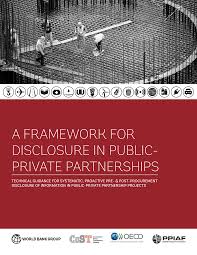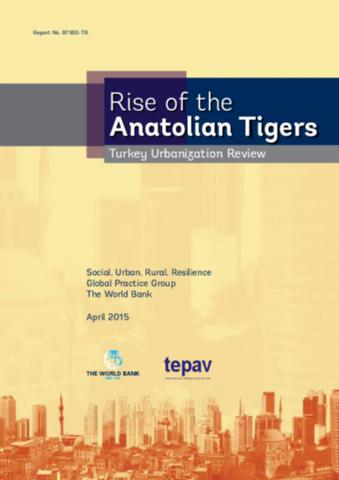The World Bank is a vital source of financial and technical assistance to developing countries around the world. We are not a bank in the ordinary sense but a unique partnership to reduce poverty and support development. The World Bank Group has two ambitious goals: End extreme poverty within a generation and boost shared prosperity.
- To end extreme poverty, the Bank's goal is to decrease the percentage of people living on less than $1.25 a day to no more than 3% by 2030.
- To promote shared prosperity, the goal is to promote income growth of the bottom 40% of the population in each country.
The World Bank Group comprises five institutions managed by their member countries.
The World Bank Group and Land: Working to protect the rights of existing land users and to help secure benefits for smallholder farmers
The World Bank (IBRD and IDA) interacts primarily with governments to increase agricultural productivity, strengthen land tenure policies and improve land governance. More than 90% of the World Bank’s agriculture portfolio focuses on the productivity and access to markets by small holder farmers. Ten percent of our projects focus on the governance of land tenure.
Similarly, investments by the International Finance Corporation (IFC), the World Bank Group’s private sector arm, including those in larger scale enterprises, overwhelmingly support smallholder farmers through improved access to finance, inputs and markets, and as direct suppliers. IFC invests in environmentally and socially sustainable private enterprises in all parts of the value chain (inputs such as irrigation and fertilizers, primary production, processing, transport and storage, traders, and risk management facilities including weather/crop insurance, warehouse financing, etc
For more information, visit the World Bank Group and land and food security (https://www.worldbank.org/en/topic/agriculture/brief/land-and-food-security1
Resources
Displaying 941 - 945 of 4906Household Responses to Shocks in Rural Ethiopia
This paper uses a stochastic dynamic
programming model to characterize the optimal
savings-consumption decisions and the role of livestock
inventories as a buffer stock in rural Ethiopia. The results
show that relatively land-rich households use accumulation
and liquidation of cattle and other animal inventories for
partial consumption smoothing, while low-income households
appear not to do so. The results highlight the need for
Gabonese Republic Report on Growth and Employment
In 2009 the Gabonese authorities defined
a new vision whose strategic guidelines are detailed in an
operational plan, the strategic plan for an emerging Gabon
(PSGE) whose goal is to turn Gabon into an emerging country
within one generation. PSGE includes an ambitious public
investment program to develop basic infrastructure and to
create the necessary economic environment for the emergence
of a diversified economy. The major challenge for PSGE, and
Achieving Sustainable Development in Jordan
This Country Environmental Analysis
(CEA) has been developed by the World Bank in cooperation
with the Government of Jordan. It aims to integrate
environment into development and poverty reduction
priorities. The CEA will be a vital instrument for designing
Jordans future policies, by integrating the economic policy
tools in our decision making processes. As the latest
economic crises and its implications have shown, an economic
A Framework for Disclosure in Public-Private Partnership Projects
This framework provides guidance on policy and practice in public-private partnerships and on the mechanics of disclosure by practitioners within governments and the private sector, to help develop programmes for the systematic, proactive pre- and post- procurement disclosure of information.
Rise of the Anatolian Tigers
Turkey’s demographic and economic transformation has been one of the world’s most dramatic, with urban growth and economic growth proceeding hand in hand. Distinguishing Turkey from many other developing countries has been the pace, scale, and geographical diversity of its spatial and economic transformation. Fast-growing secondary cities bring added challenges that define Turkey’s second-generation urban agenda.








